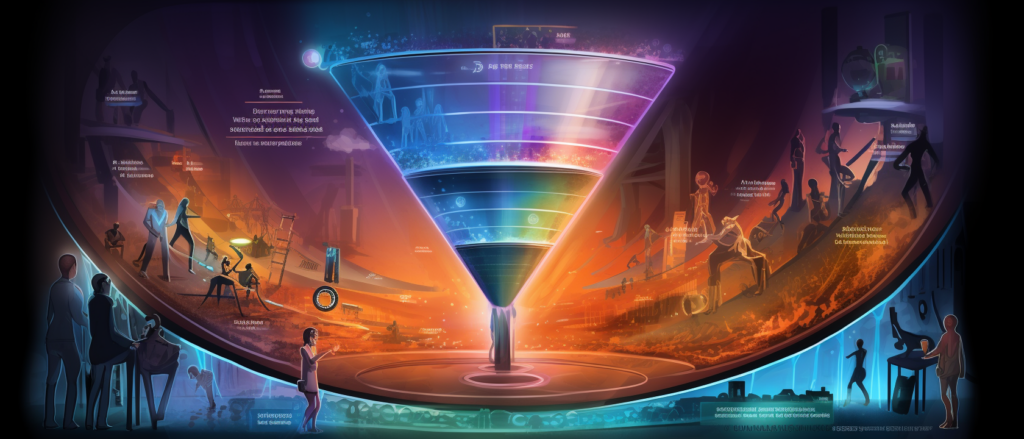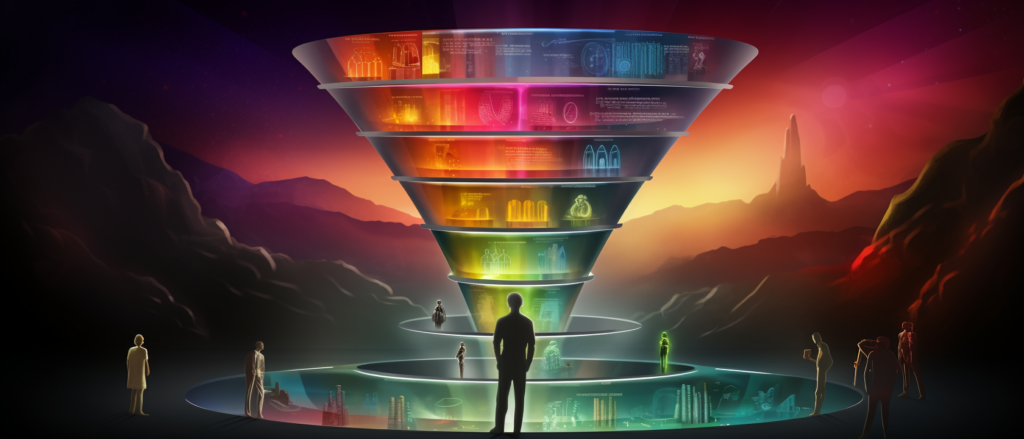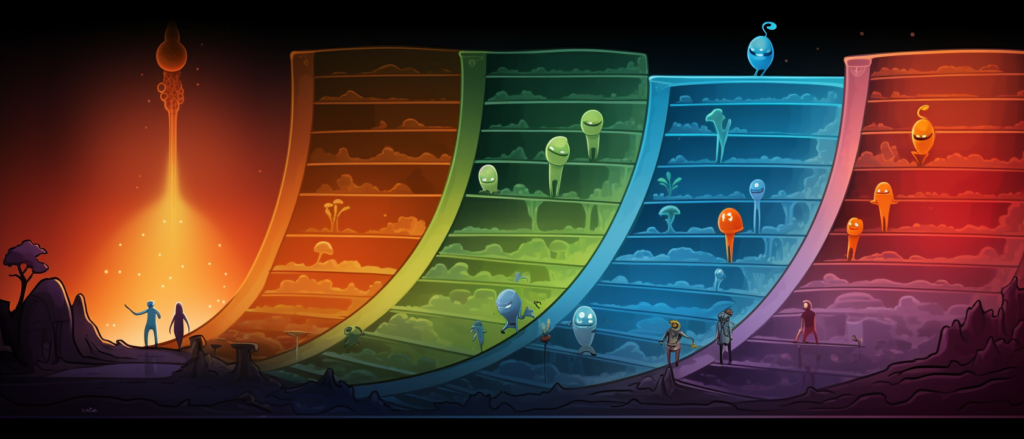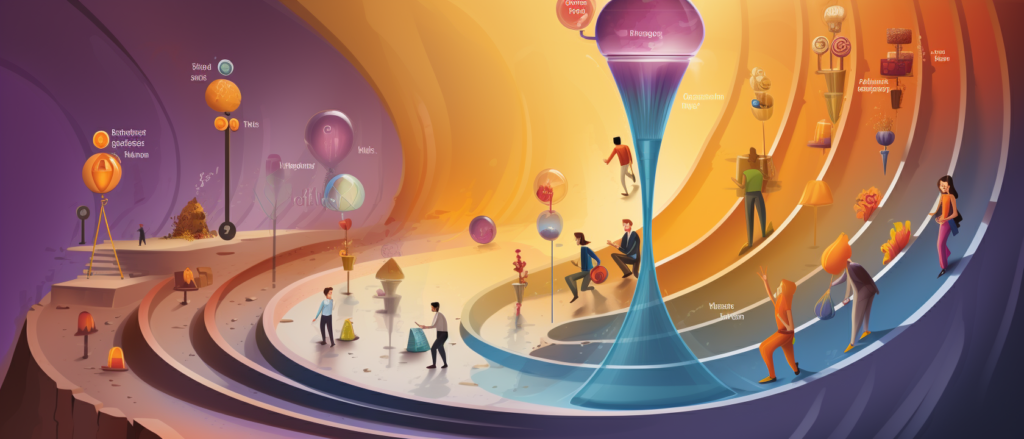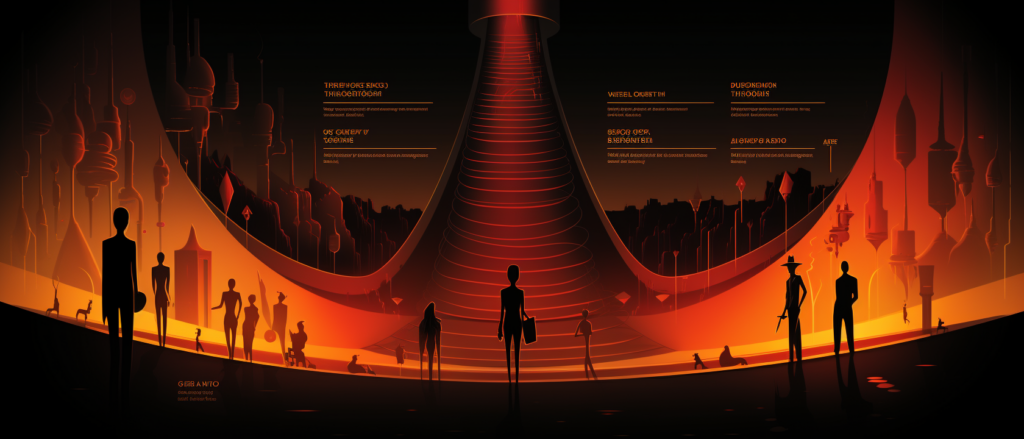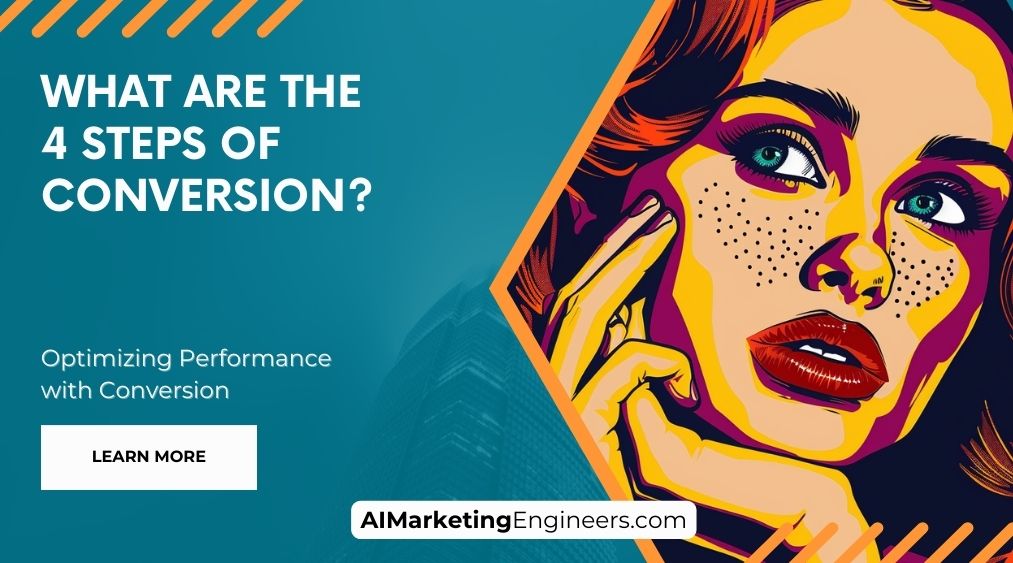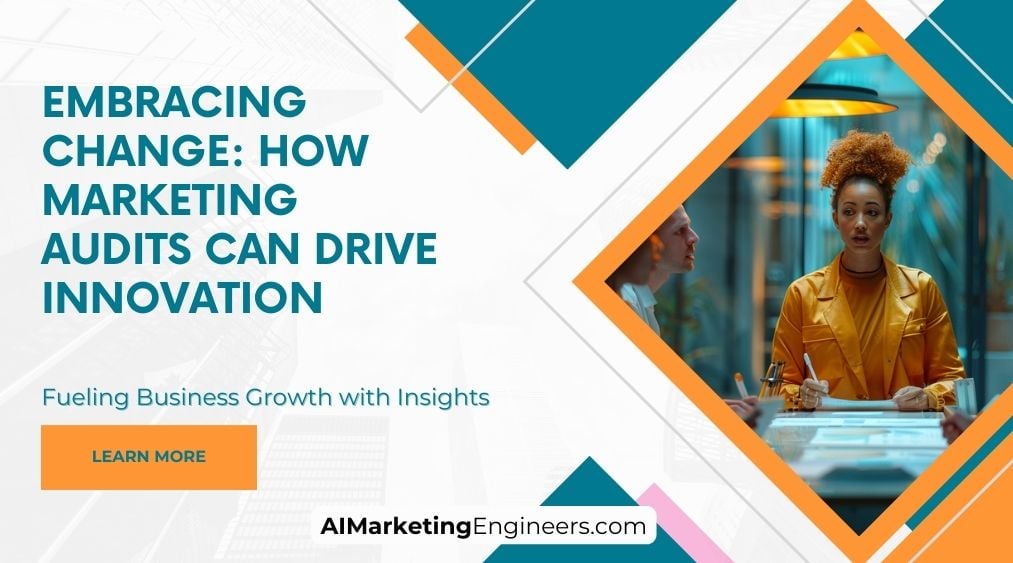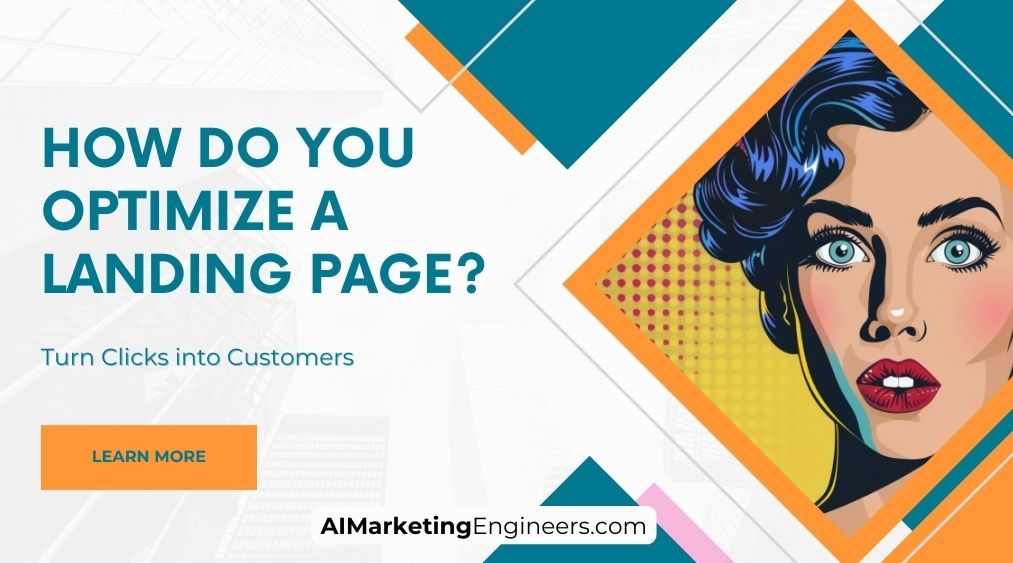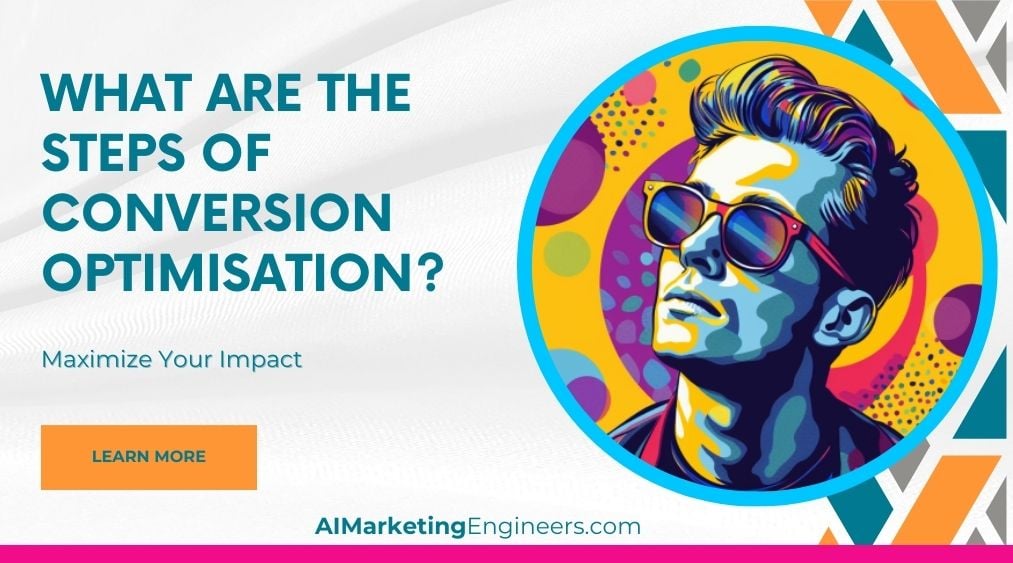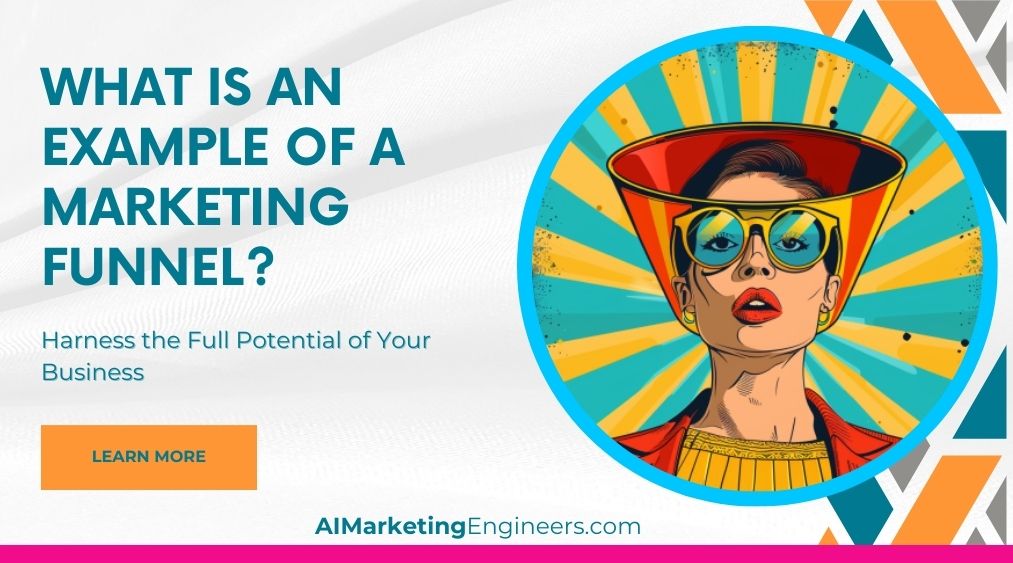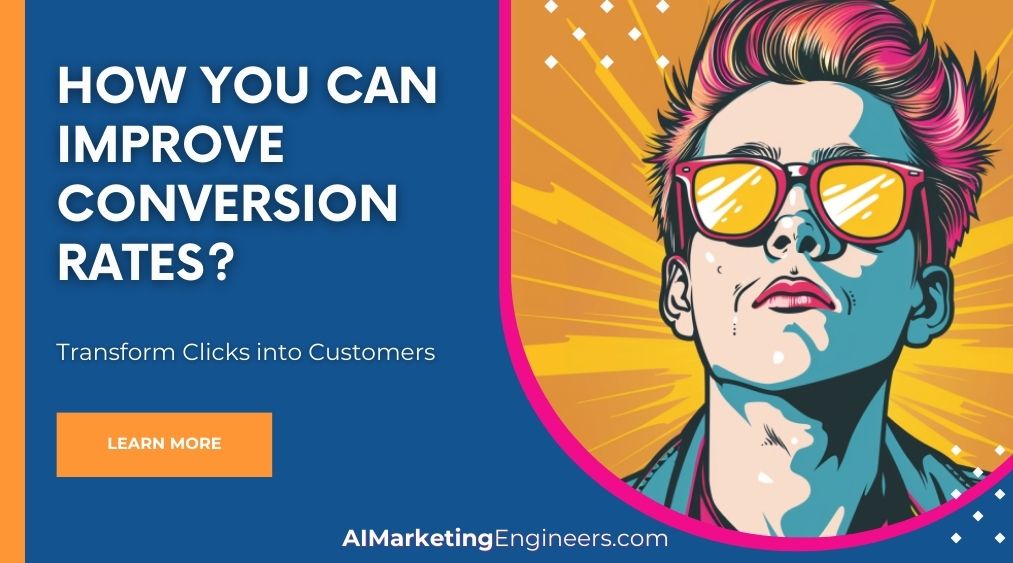Key Takeaways
✅ Awareness: Did you know that the first encounter a person has with your brand can set the tone for everything that follows? Awareness is all about casting a wide net through social media, blogs, and ads to get your name out there. It’s your chance to make a splash and grab attention.
✅ Interest: Now, let’s talk interest – this is the stage where things get a little warmer. People are peeking in your window, showing signs they like what they see. How will you keep them hooked with your emails and content? Buckle up; we’re about to dig into the nitty-gritty.
✅ Consideration: Imagine the people you’ve caught in your net are weighing their options. They’re sizing you up against the competition. This is where the mighty combination of reviews, comparisons, and trials come into play to tip the scales in your favor.

Introduction
What does it really take to turn a stranger into a customer? That’s the million-dollar question, isn’t it? The marketing funnel isn’t just a fancy term—it’s the path your potential customer walks from the moment they learn your name to the point where they’re singing your praises to friends and family. In the bustling world of marketing, understanding the five stages of the marketing funnel is like holding a map in an unknown city. It guides you. Every stage, from Awareness to Action, has its own strategies, its own quirks, and yes, its own potential pitfalls.
So, are you hoping to see a nice bump in your revenue or ROAS? Buckle in, dear reader. We’re not just going to walk through what these stages are; we’re diving into the latest strategies that’ll give your business the upper hand. From sparking that initial interest with the coolest social media posts to crafting an after-purchase experience that keeps customers coming back for more, this guide has got it all.
Stay tuned because by the end of this story, you’ll have the keys to unlock actionable insights and groundbreaking knowledge. Let’s turn that funnel into a powerhouse of customer conversion together!
Top Statistics
| Content vs. Ads: 70% of consumers learn about a brand through content rather than ads. (Source: Demand Gen Report, 2020) | This highlights how vital engaging content is to spark interest and help people find out what makes your brand tick. |
| Online Research: 81% of consumers conduct online research before making a purchase. (Source: Think with Google, 2021) | This reveals that providing informative, compelling content can make a huge difference when customers are getting to know you. |
| Authenticity Matters: 90% of consumers say authenticity is important when deciding which brands they like and support. (Source: Sprout Social, 2021) | Relatable, genuine interaction with your audience can go a long way in turning interest into real consideration. |
| Social Media for Research: 55% of consumers say they use social media to research products. (Source: GlobalWebIndex, 2021) | Knowing that your next customer might find you on social media also means you’ve got to be authentic and engaging there, too. |
| Buying from Brands They Follow: 90% of consumers are more likely to purchase from a brand they follow on social media. (Source: Sprout Social, 2021) | You see, building a loyal, active online community can be one of your best sales strategies. |
The Magic Behind the Marketing Funnel
Imagine you’re at a bustling market, and every stall is shouting for your attention. One captures your eye, and step by step, you go from just looking to walking away with a bag full of goods—that’s kind of how a marketing funnel works, but for your business. It’s about turning strangers into customers.
Lighting Up the Path: Awareness Stage
So, you’ve got your brand or product and you’re ready to get it out there. You’re standing on a digital rooftop, hollering through every megaphone you’ve got—social media, content marketing, you name it. But let me ask you, how do you make sure people not just hear, but listen? One word: relevance. You’re aligning what you say with what they need to hear. It’s not just about making noise; it’s about striking the right chord.
Sparking Curiosity: Interest Stage
Now they’ve seen you. What next? How do you keep them hooked? You gotta feed their curiosity. See, at this stage, people are like cautious cats, intrigued but not ready to pounce. By providing valuable content like webinars and interactive content, you’re sprinkling catnip—educating them and drawing them closer. And let’s not forget good ol’ email marketing—think of it as a friendly nudge that says, “Hey, there’s more where that came from.”
The Balancing Act: Consideration Stage
Alright, your audience is not just aware, they’re interested. But guess what? So are your competitors. This is the showdown, the real test. How do you shine brighter than the rest? It’s all about giving value that they can see—customer reviews, product comparisons. It’s like saying, “Don’t just take my word for it—look at these happy campers.” Trial runs, case studies—they’re like free samples at the ice cream shop. Who says no to those?
The Moment of Truth: Intent Stage
This is where things get real tense. Customers are teetering on the edge of ‘yes’ or ‘no’. Personalized recommendations, customer testimonials—they act like friends whispering, “Go on, you’ll love it.” And those limited-time offers? They’re the gentle push that could tip them right into your basket.
Sealing the Deal: Action Stage
The finish line is in sight. The customer is ready, but are you? An easy checkout process and secure payment options are your ribbon cutters. Make it smooth, make it fast, and once they’ve crossed that line, keep the love alive with some thoughtful post-purchase communication. It’s not just about making a sale; it’s about starting a relationship.
Breaking down the journey into these stages isn’t just helpful—it’s vital. It’s like a roadmap for customer courtship. Knowing these stages helps you be there, at every turn, with the right move. Keep it personal, keep it relevant, and watch as that stranger at the market becomes your newest customer—and maybe even a raving fan.
AI Marketing Engineers Recommendation
Recommendation 1: Personalize the Awareness Stage with AI-Powered Insights: In the Awareness Stage, use AI tools to sift through data to understand your audience better. By analyzing behavior patterns, demographics, and engagement, these tools can help you craft personalized content that resonates with potential customers. Remember, first impressions count – if you can show that you understand their needs right from the start, they’re more likely to journey down the rest of your funnel.
Recommendation 2: Optimize the Interest Stage with Engaging and Interactive Content: During the Interest Stage, utilize interactive content like quizzes, polls, or calculators to keep potential customers engaged. Given that interactive content is 91% more effective at capturing the user’s attention than static content, it’s a trend you can’t afford to ignore. By fostering this engagement, you can deepen their interest and guide them smoothly to the next stage of your funnel.
Recommendation 3: Streamline the Decision Stage with Frictionless Experiences: At the Decision Stage, streamline the process for your customers with frictionless experiences. Implement tools like chatbots for instant communication or one-click solutions for easy transactions. When customers reach this stage, 73% appreciate a simple purchasing experience. So, by making their decision-making process easy and hassle-free, you’ll help tilt their choice in your favor.
Relevant Links
Maximize Your Affiliate Marketing Success
ChatGPT Marketing: The Creative Content Revolution
Revolutionizing E-Commerce with AI
Innovation in SEO and SEM: 2024 Strategies
Enhancing Marketing Strategies with AI-Driven Insights
Marketing Innovations That Shaped The Year
Conclusion
So, we’ve journeyed together through the 5 stages of the marketing funnel. You might be asking now, “Why should I care?” Well, imagine knowing exactly what your potential customers are thinking and feeling at each step of their buying journey. Pretty useful, right?
Every stage, from awareness to action, is a critical puzzle piece in building a picture of a successful sale. Think of it as a friendly chat with your customers, guiding their decisions from first hearing about you to finally taking the plunge. If you skip a stage or rush it, that’s like missing a key part of the conversation – and that could mean missing out on a loyal customer.
Remember how we talked about sparking that initial interest with great content on social media or an influencer’s shoutout? That’s your opening line. Then, as we get into the nitty-gritty, like insightful comparisons or irresistible limited-time offers, we’re building trust and making our pitch.
It’s all about nurturing, step by careful step. We all want to feel understood and valued, and your customers are no different. So when that final stage comes, and they’re ready to click ‘buy’, you’ll be there with a seamless checkout and a virtual high-five.
Have you thought about where you can improve your own marketing funnel? Maybe your awareness phase needs a splash more creativity, or your interest stage could do with a more personal touch. Whatever it is, remember, a great funnel is always evolving, just like your audience. Keep listening, keep tweaking, and keep connecting.
FAQs
Question 1: What are the 5 stages of the marketing funnel?
Answer: The 5 stages are pretty straightforward:
– Awareness: This is all about getting your brand out there. You want people to sit up and take notice.
– Interest: Now that you’ve got their attention, it’s time to make them curious about what you’ve got to offer.
– Consideration: At this stage, your potential customers are sizing you up alongside your competitors.
– Intent: This is when customers are on the cusp of making a purchase. They’re just about ready to take the plunge.
– Action: And voila! The customer takes action by making a purchase or signing up for your service.
Question 2: Why is the marketing funnel important for businesses?
Answer: Think of the marketing funnel as a roadmap. It helps businesses understand their customer’s journey and improve their strategies to not just meet, but exceed expectations. Plus, it’s a game-changer for getting better engagement, conversions, and kicking your ROI up a notch.
Question 3: How can businesses optimize the Awareness stage of the marketing funnel?
Answer: To really nail the Awareness stage, businesses can spread the word with content marketing, social media buzz, SEO, and influencers. It’s all about getting seen and heard in the vast online world.
Question 4: What strategies can businesses use to improve the Interest stage of the marketing funnel?
Answer: To ramp up interest, businesses can pull in leads with killer email marketing campaigns, freebies that are too good to pass up, and social media ads that hit the mark.
Question 5: How can businesses enhance the Consideration stage of the marketing funnel?
Answer: Here’s where you show off a bit with case studies, customer shout-outs, and demos that put your product center stage. You’ve got to show potential customers why you’re the best choice out there.
Question 6: What strategies can help businesses convert customers in the Intent stage of the marketing funnel?
Answer: When customers are teetering on the edge of decision, offering limited-time deals, free trials, or suggestions that feel like they’re made just for them can tip the scales in your favor.
Question 7: How can businesses improve the Action stage of the marketing funnel?
Answer: To get customers across the finish line, streamline that checkout process, and offer a buffet of payment options. You want making a purchase to be a walk in the park.
Question 8: Can the marketing funnel be adapted for different types of businesses and industries?
Answer: Absolutely! There’s no one-size-fits-all here. Every business has to tweak the funnel to suit their audience’s unique taste. Always be testing and fine-tuning to keep things relevant.
Question 9: What are some advanced strategies for optimizing the marketing funnel?
Answer: For the seasoned pros, diving into customer segmentation, A/B testing, and making the most of customer data is where the magic happens. The goal is to get savvy with your approach and let the data lead the way.
Question 10: What are some best practices for tracking and measuring the success of a marketing funnel?
Answer: You want measurable results? Set clear goals, keep a close eye on your key performance indicators (KPIs), and let analytics be your guide. Regular check-ins on how you’re doing are crucial to seeing where you can get even better.
Academic References
- Patel, N. (2018). “The Marketing Funnel: A Customer-Focused Strategy to Convert More Prospects,” Forbes.com. Neil Patel delves into the importance of creating content that resonates with customers at each stage of their journey, thereby increasing the likelihood of them moving through the funnel towards a purchase.
- Kotler, P., Keller, K. L., & Kitching, B. (2019). “Marketing Funnel: A Customer Journey Framework.” Marketing Management (16th ed.). This textbook offers a detailed look at the famed marketing funnel, describing the critical stages from awareness to retention and sharing strategies to navigate each phase effectively.
- Jobber, D., & Fahy, J. (2019). “Marketing Funnel: A Framework for Customer Acquisition and Retention.” Foundations of Marketing (7th ed.). The authors underscore the significance of customer retention, explaining how loyal customers and repeat buyers are the keystones for sustainable business growth.
- Court, D., Elzinga, D., Mulder, S., & Vetvik, O. J. (2009). “The Marketing Funnel Reimagined: The Consumer Decision Journey.” Harvard Business Review. In this piece, the authors propose a modernized version of the conventional marketing funnel, taking into account the unpredictable nature of today’s consumer behavior and the strong impact of digital media.
- Kotler, P., & Keller, K. L. (2016). “The Marketing Funnel: A Framework for Customer Engagement.” Journal of Marketing. Here, Kotler and Keller discuss customer engagement as an essential element throughout the funnel, positioning it as a critical factor in fostering customer loyalty and advocacy.

